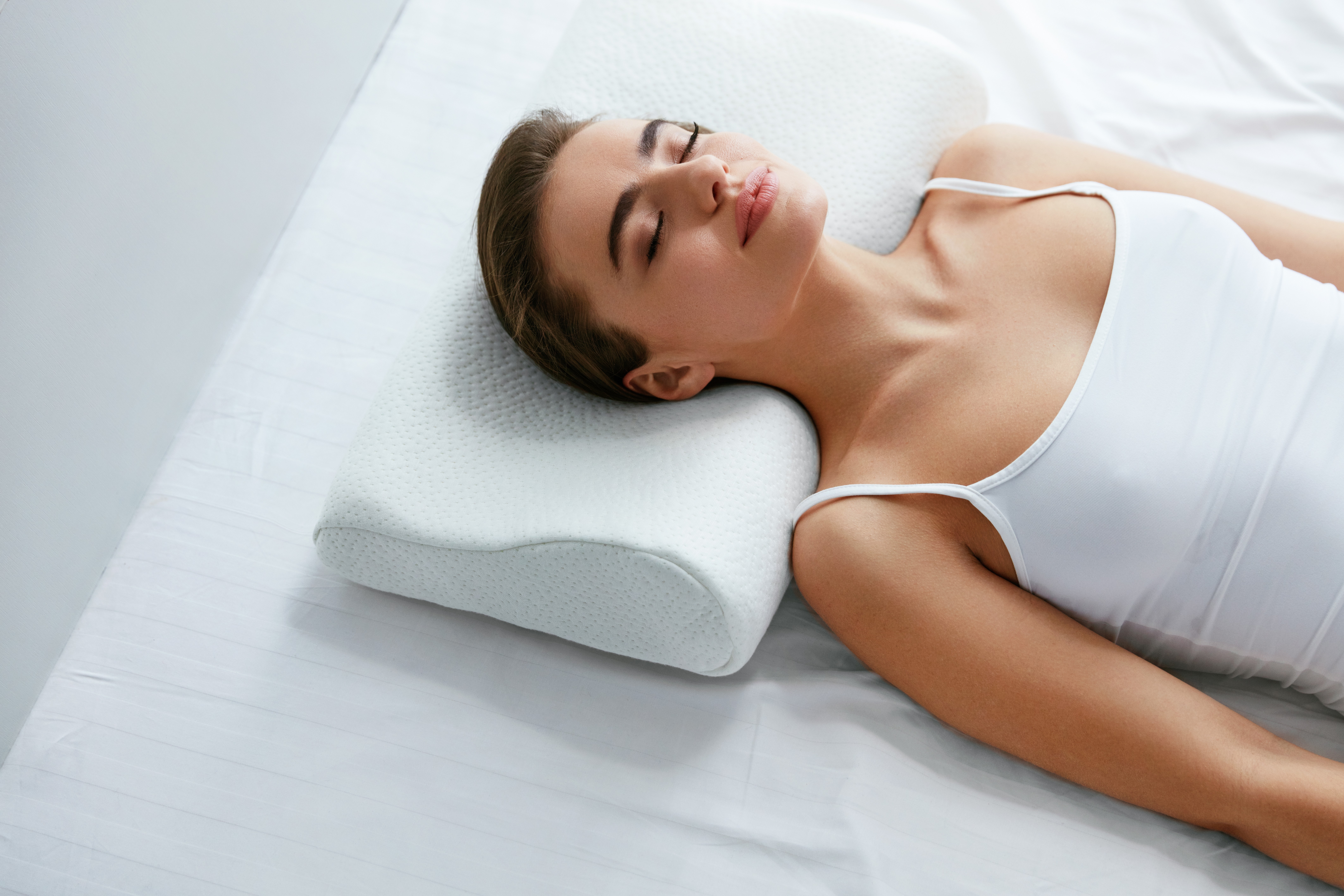Everyone needs a good night’s sleep to feel energized the next day. However, not everyone gets to experience this, especially TMD or Temporomandibular Joint Disorder patients. This is a condition that occurs when the joint connecting the jawbone and the skull becomes inflamed.
People with TMD experience pain and discomfort, making it difficult for them to sleep comfortably. This is bad because lack of sleep can make TMD symptoms worse. The good news, however, is that there is a sleeping position for TMD patients that can help alleviate the pain: lying on the back.
The Best Position: Sleeping on the Back
The best sleeping position for TMD patients is on their back. This helps with the body alignment and provides support to the head, neck, and shoulders. And with the head, neck, and spine resting in a neutral position, the pressure on the jaw joint is minimized. This position also helps in preventing the jaw from being forced into an unnatural position, which can exacerbate TMJ Disorder symptoms.
The Worst Position: Sleeping on the Stomach
Avoid sleeping on the stomach or on the side with the affected TMJ. Sleeping on the stomach can force the neck into an unnatural position, causing strain on the jaw joint. Sleeping on the unaffected side can also put pressure on the jaw joint and exacerbate TMD symptoms.
Tips on Sleeping Comfortably
If sleeping on the back is uncomfortable, try placing a pillow under the knees to help support the lower back and keep the spine in a neutral position. A pillow under the head can also help keep the neck in alignment with the spine.
Here are other things that you can do to sleep comfortably while lying on your back.
- Choose the Right Mattress: The mattress is also a factor that affects one’s quality of sleep. Find one that conforms to the body shape as it is more comfortable to sleep in while lying on your back.
- Adjust Your Arms: Position your arms naturally, finding a comfortable angle. Keeping your arms on the side is good for your neck. Avoid putting your arms up above your head to prevent shoulder pain.
In addition to sleeping position, there are other things TMD patients can do to alleviate symptoms. Eating soft foods, avoiding gum and chewy candy, and practicing relaxation techniques can all help reduce stress on the jaw joint. Moreover, practicing good posture can minimize the strain on your neck and jaw muscles. Lastly, make sure to get plenty of rest each night. Try to stick to a regular sleep schedule and create a relaxing bedtime routine.
It is important to consult with a healthcare professional if you are experiencing TMJ Disorder symptoms. They can provide a proper diagnosis and recommend appropriate treatment options. In the meantime, adjusting your sleeping position can help alleviate TMD discomfort and improve the quality of your sleep.
For diagnosis and treatments of TMD, call Head Pain Institute. We have TMJ Disorder experts with decades of experience in providing relief to TMD and other related conditions.



